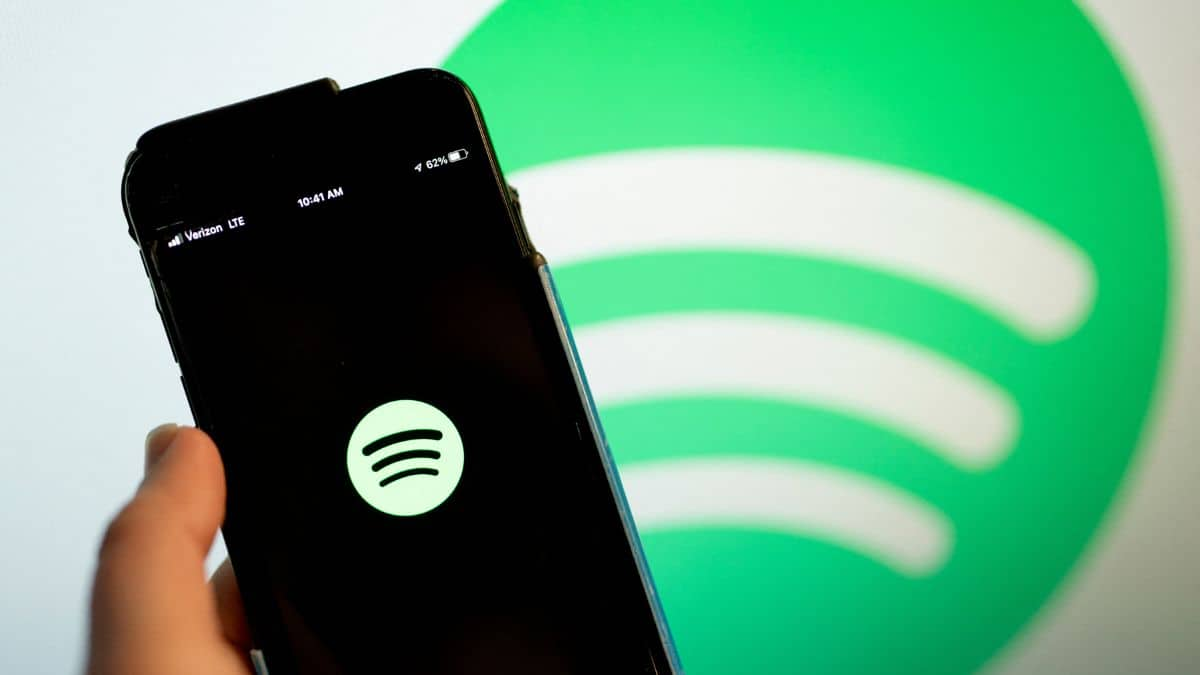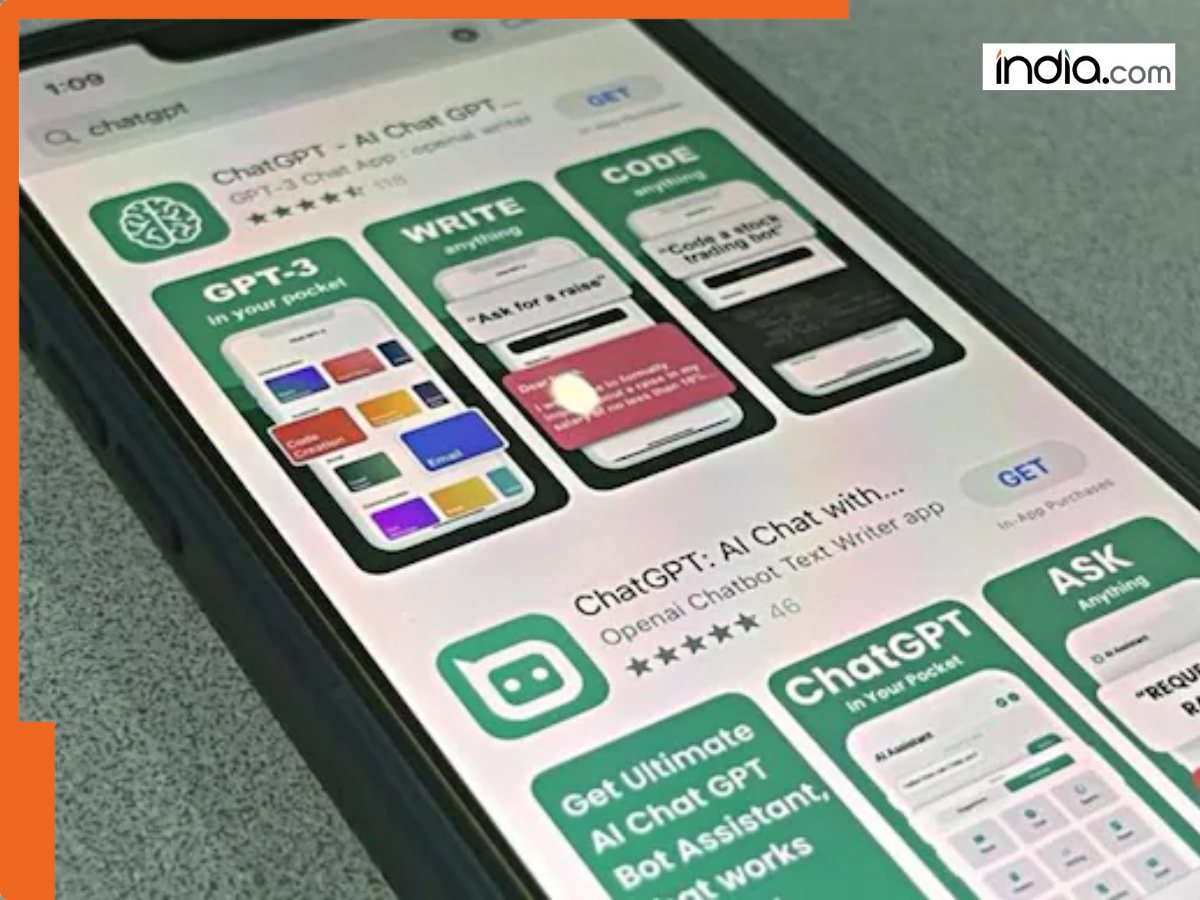Apple’s iPhone 17 story just took an unexpected turn
A lot has been made of Apple’s push into AI, wearables, and services, but it's the iPhone that remains the heartbeat of the company’s business. Its ubiquitous smartphone still generates more than 50% of its $390 billion in annual sales. When iPhone demand jumps, everything else follows, including ...

A lot has been made of Apple’s push into AI, wearables, and services, but it's the iPhone that remains the heartbeat of the company’s business.
Its ubiquitous smartphone still generates more than 50% of its $390 billion in annual sales. When iPhone demand jumps, everything else follows, including margins, free cash flow, and the buyback engine that has effectively propped up its unmatched trillion-dollar market cap.
That’s exactly what the iPhone 17 launch carried, so much more weight than a typical refresh.
Following a few years of relatively sluggish upgrades, Apple needs a cycle that shifts the slope of its powerful growth curve. The 17 series comes with sharper cameras, brighter displays, improved battery life, and the kind of polish that nudges longtime users to trade up.
Early signs point to traction with Bank of America, for instance, saying that shipping times are running 13% longer than last year’s iteration, which is a classic tell of robust demand.
However, this isn’t just a feature cycle, but more of a market test. In the U.S., trade-in programs and carrier subsidies have helped offset stretched budgets. In China, new rebates are aiming to blunt domestic competition.
Having said that, a brand new iPhone 17 sales report just revealed whether this launch lived up to the lofty expectations. Is a genuine super-cycle coming, or is this just another solid quarter dressed up as one? Image source: Morris/Bloomberg via Getty Images
Apple’s iPhone 17 sparks sharpest smartphone turnaround since Covid
Apple may have finally found its spark.
According to reporting from the Financial Times citing Visible Alpha data, the redesigned iPhone 17 is fueling the company’s strongest smartphone growth since the pandemic. Carrier data and supply-chain checks underscore the stronger-than-expected demand since its popular September launch.
Visible Alpha estimates show that iPhone revenue is climbing about 4% this fiscal year, and is expected to jump to nearly $209 billion, with another 5% gain expected for 2026.
Related: Why Nvidia’s Vera Rubin may unleash another AI wave
That level of optimism has brightened market sentiment heading into the holiday quarter, despite AI delays and renewed U.S.-China tariff risks. For perspective, the stock is up over 28% in the past six months alone, and almost 6% this month.
After two years of flat or dropping iPhone sales, camera, display, and battery upgrades continue driving an upgrade cycle, which analysts say feels much broader than the last one.
Deepwater Asset Management commented that the extended waits point to a deeper replacement wave. According to Gene Munster, “It’s fair to describe the iPhone 17 launch as surprising versus where Wall Street expectations were at the end of August.”
More Tech Stocks:
- Musk’s Netflix boycott could actually hurt the streamer
- OpenAI's deal with AMD proves AI race has just begun
- Goldman Sachs tweaks Nvidia's stock price target with a twist
- The stock market laughed, then Palantir redefined the fight
The recent momentum has Apple’s supply partners running hot, with IDC data showing “much stronger” early iPhone 17 orders compared with the previous model. The company will detail the results when it reports fiscal Q4 earnings on Oct. 30.
Unit volumes are likely to hover near 235 million through 2026 before blowing past the 240 million mark in 2027, boosted by a rumored foldable iPhone. For now, the 17’s steady pricing and global trade-in deals seem to be doing the job, giving Apple a rare stretch of potential upside.
Quick takeaways:
- iPhone 17 demand surprises Wall Street: Carrier and supply-chain data point to Apple’s strongest smartphone growth since the pandemic, reigniting optimism ahead of Q4 earnings.
- Revenue recovery takes shape: Analysts now forecast 4% iPhone sales growth to $209 billion this year and another 5% in 2026, led by extended shipping times and longer upgrade cycles.
- Momentum building into 2026: With unit volumes tracking 235 million and rising, steady pricing and global trade-in deals could potentially offer Apple its first big tailwind in years.
Apple fiscal Q4 on deck as Wall Street models what comes next
Apple is expected to report its fiscal Q4 2025 results on Thursday, Oct. 30, after the close.
Wall Street consensus expectations point to an EPS between $1.74 and $1.76 on $100 to $102 billion in sales. Analysts expect mostly flat-to-slight margin improvement, as services growth helps offset hardware-related costs.
Related: Bank of America quietly echoes Warren Buffett’s favorite strategy
Back in July, Apple’s management estimated mid-to high-single-digit revenue expansion, a gross margin of 46% to 47% (including nearly $1.1 billion in tariff costs), along with operating expenses near $15.6 to $15.8 billion.
Those numbers effectively set the benchmark heading into the print, with attention on whether margins can hold up into the final quarter of the year. Early data on the iPhone 17 is stronger than expected, but Q4 results will offer more concrete evidence.
What Apple investors will be watching:
- iPhone mix & ASPs: Wall Street models peg Q4 iPhone sales at $45 billion.
- Gross margin vs. tariffs: Investors will look to assess whether Apple can keep the 46% to 47% range intact, despite all the cost pressures.
- Services durability: Another high-teens to low-20s margin bump could potentially steady overall GM.
- Mac/iPad cadence: Any post-back-to-school slowdown may weigh on Apple’s December mix.
Related: CoreWeave’s $5 billion gamble hits a wall
What's Your Reaction?




















































